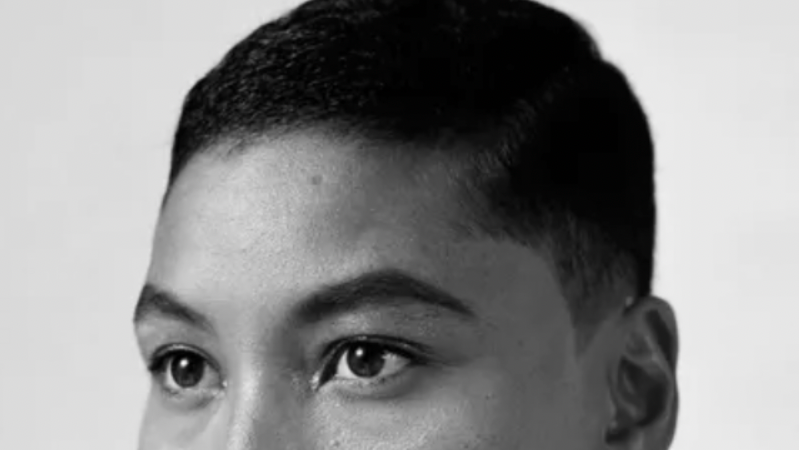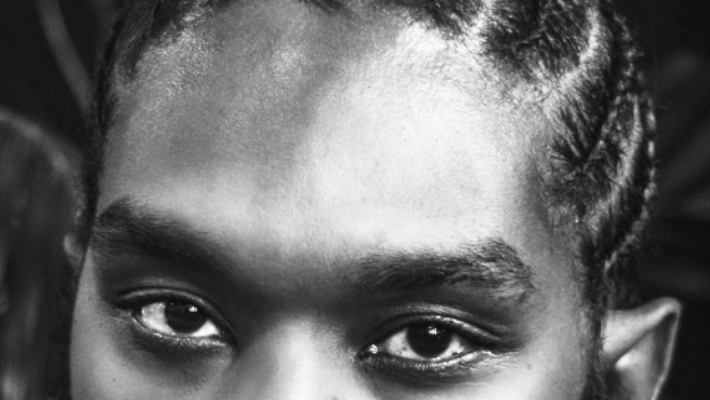“If the film didn't exist I might have become a circus director.”
- Federico Fellini
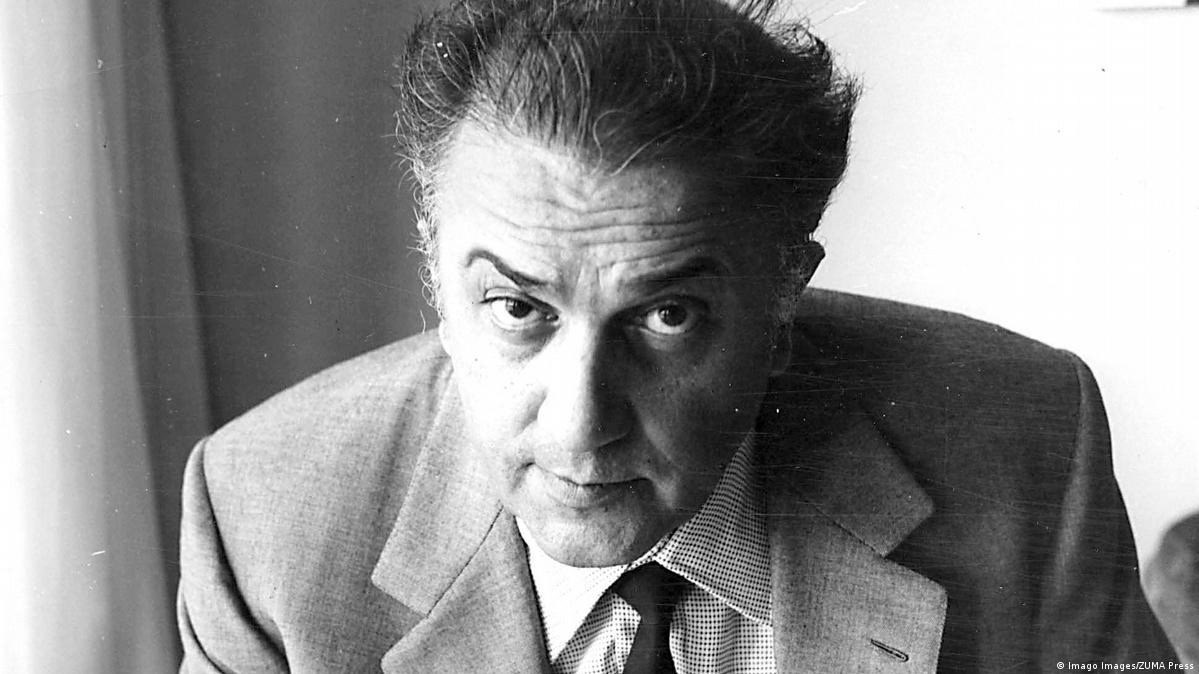
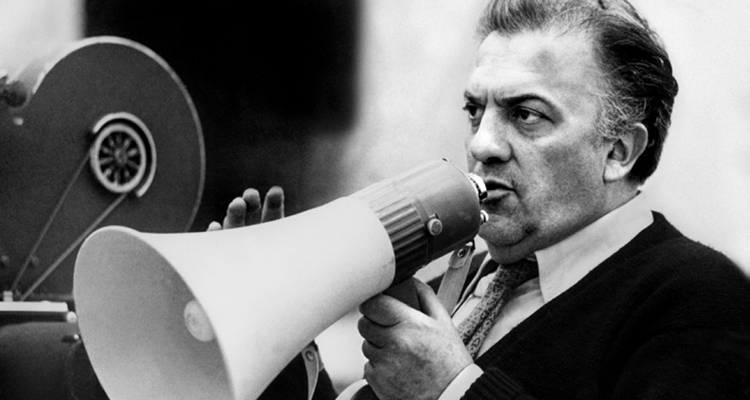
Federico Fellini is an Italian filmmaker who often mixed dream and reality sequences. His use of surreal elements, character sympathy, remarkable imagery and vulnerable storytelling lend to some of the most well known films. He loves the circus. It is a reoccurring curing motif in some of his films, and pairs to his whimsical taste and cinematic likings. He fancies clown-like characters and parallels his Italian society storytelling with that of bazaar spectacles.
His characters are passionate Italians who deal with the realities of their society, politics and personal troubles. He often uses autobiographical tellings in his films, allowing his audience to understand who he really is. Fellini was also working during the Italian Neorealism movement in the 40s, but some still consider him to be in a lane of his own.
8 ½ (1963)


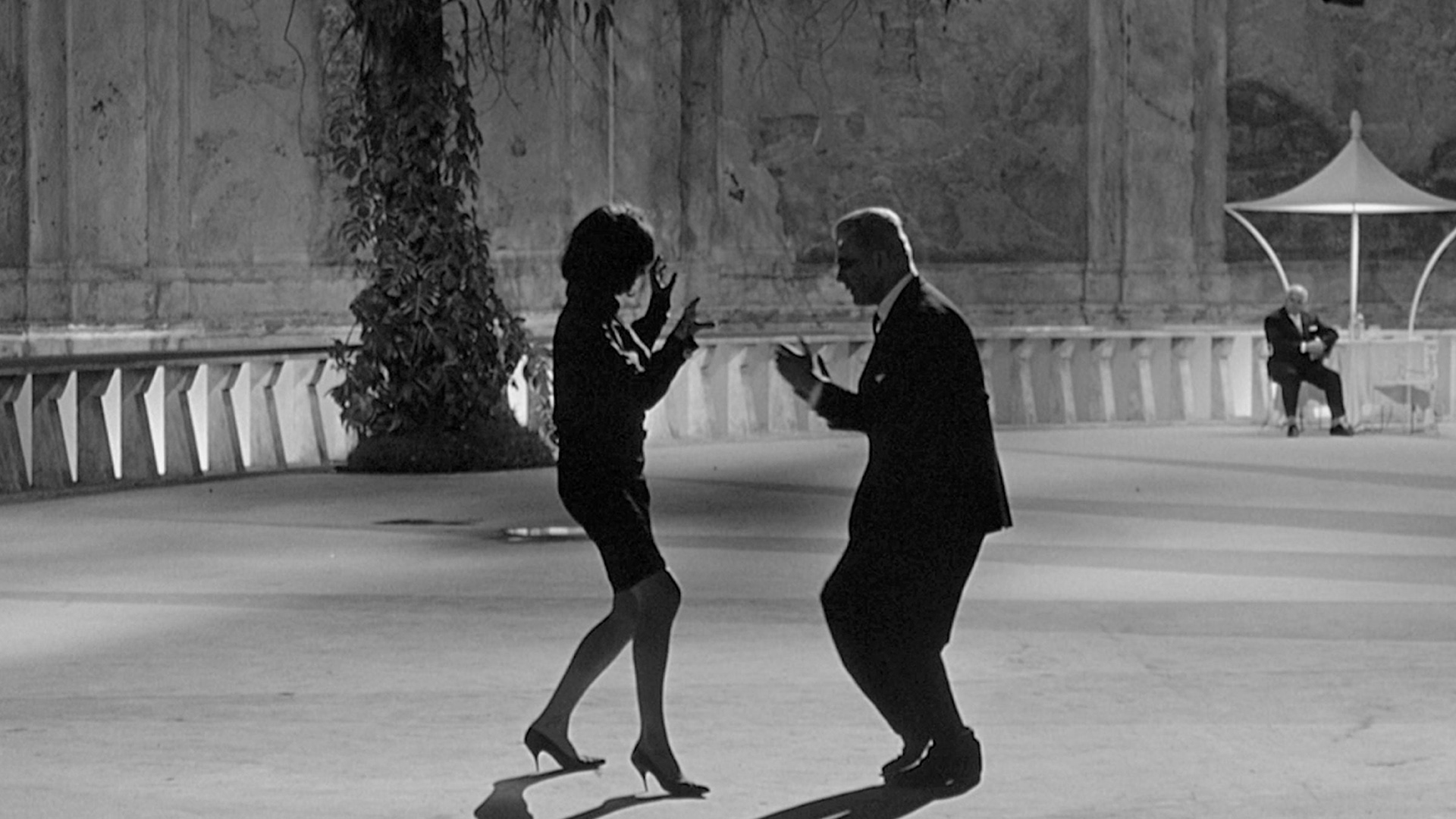
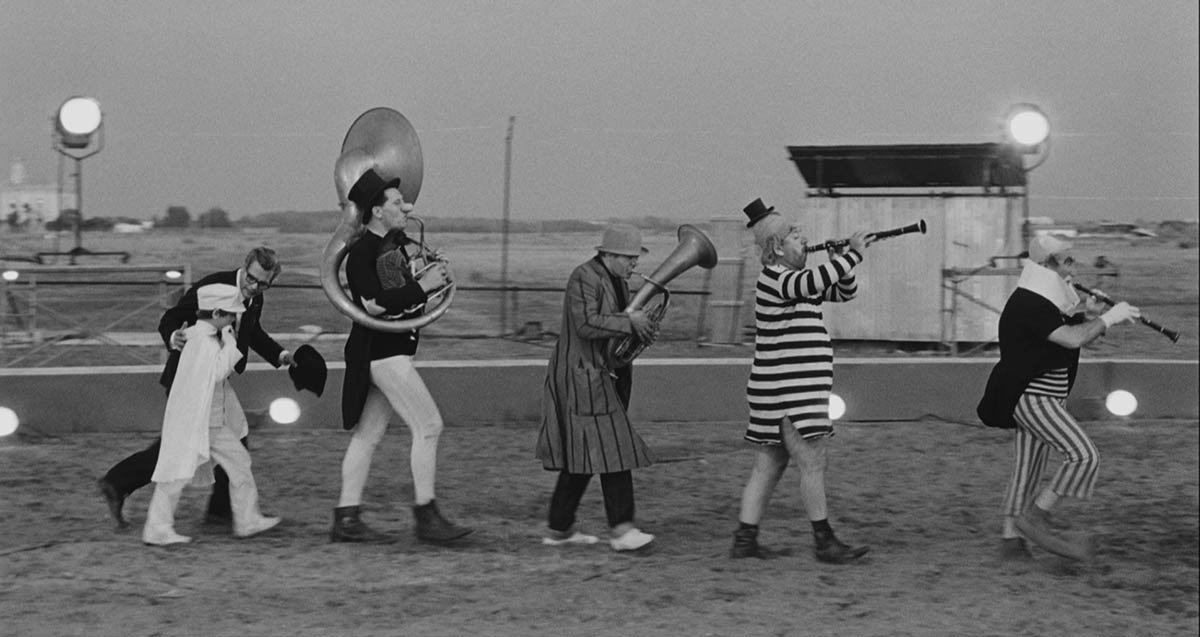


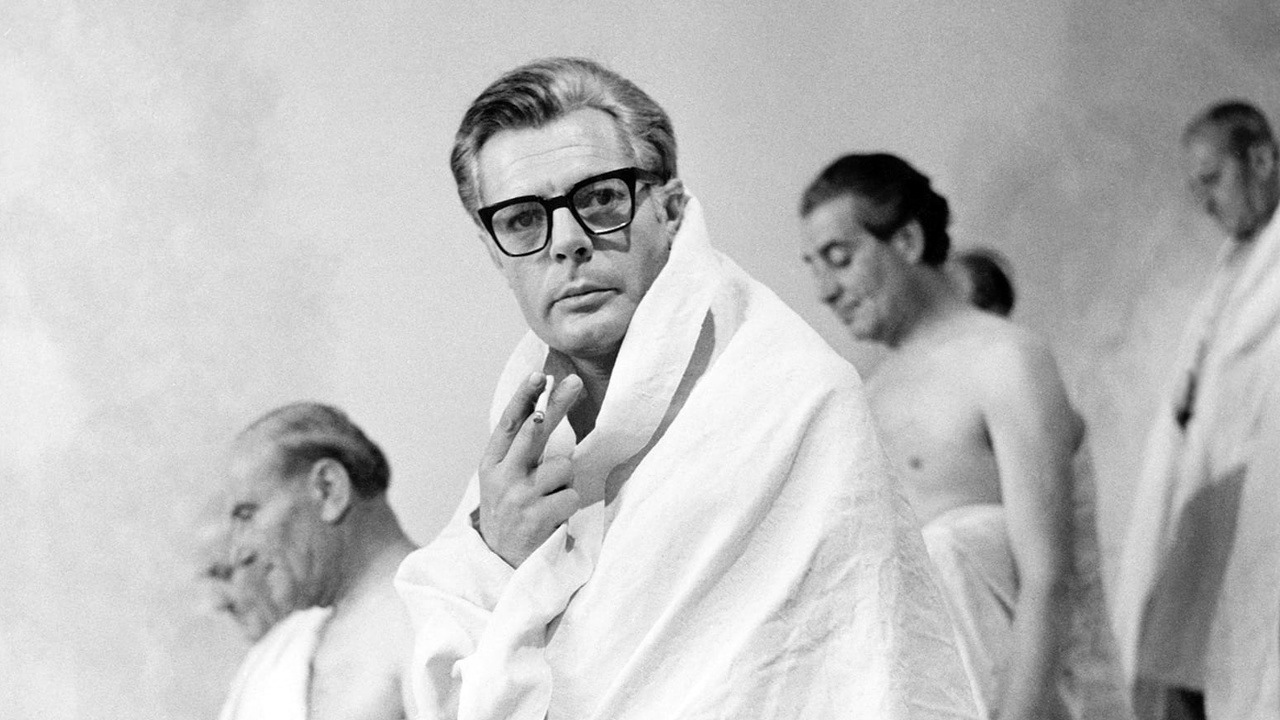
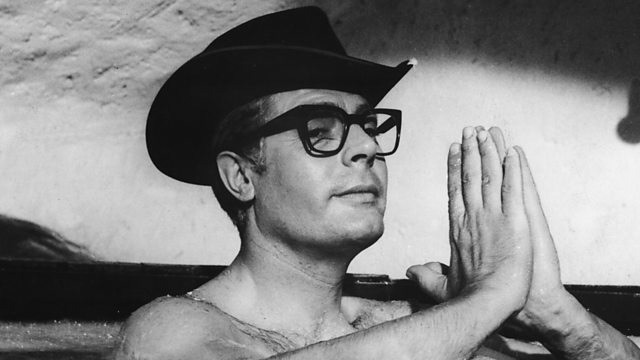
8 ½ is a 1963 Italian film by Federico Fellini. The movie is about filmmaker Guido Anselmi, who is currently struggling with creative block for his next film. Guido’s producers, crew and actors continue to badger him about his movie and he doesn’t have answers for them. 8 ½ takes you on a surreal trip as Guido navigates his emotions, anxieties and thoughts while trying to make a film and balance his personal life. Crowded everywhere he goes by fans, crew, production and his failing marriage … he just wants to escape, but can’t. He seeks refuge in his fantasies, dreams and memories. He dreams of his parents, his past and his self-paying failures. Also, the Cinematographer, Gianni De Venanzo, really did his thing. Visually, the film is beautiful - amazing use of black and white.
8 ½ is autobiographical as well - the plot is rooted in Fellini’s own life and experiences. The title itself is reflective of this being Fellini’s 8 ½ film (including short films and collaborations). He had a similar creative block while making this film, and was stuck all while having a cast and crew waiting for him to lead the way.
It can be a daunting position, having a team await for your next move. What happens when you don’t know? Who do you go to? How do you cope?
The movie starts out hella surreal with a dream sequence. Guido is stuck in traffic and everyone around him appears to be frozen, staring at him. He eventually escapes his car and begins to fly through the sky. The end is pretty wicked too, Guido is forced to go to a press conference for the film he hasn’t written yet in front of the massively built set. He can’t deal, so he seeks refuge under the table and shoots himself to end the nightmare. The film then cuts to the set being taken down, Guido is alive again .. so I guess killing himself was just an illusion or some type of personification. All of the characters descend from the giant set and dance around in a circle, like a circus. Throughout the film, there are more examples of these blurred lines of reality and fantasy - surreality.
The main character, Guido - continues having flashbacks to his past when he was a little boy - I guess this was part of the surrealism too. He also has this weird fantasy where he is being taken care of by many women, including his mother, wife and mistress. It’s kind of a big polygamous situation where they all idolize him and he gets to live out this little boy fantasy of his.
The film confronts the theme of imposter syndrome, a feeling relatable for many. It reminded me of other artists with a similar story including one of my favorites, Kip Smithers - a Maryland based painter. He has a piece titled ‘Forever Rich’ and essentially it is him coming to terms with the fact that he is talented and will continue to make great work. This was after his early pieces took off and resulted in him feeling like he wouldn’t be able to top it or achieve that level of success again. It’s so human, and the more artists that express this feeling they have, the less people will feel that imposter syndrome for themselves. Many films have also used the same idea of 8 ½ - losing creativity / creative block. There have also been imitations of scenes, including imagery in David Lynch’s Eraserhead (1977) and the famous dance scene in Quentin Tarantino’s Pulp Fiction (1994). I’m telling you, this film is iconic.
The overall message of Fellini’s film is a good representation of the troubles artists suffer when trying to come up with something new and top their previous work. Guido and the film itself personifies the doubts we have; Am I really creative? Have I lost my touch? Did I ever have it? It's the fear of losing your creativity, having your audience discover you are a fraud.
It is a relatable feeling creatives have. The fear and doubt that comes with success. It was an honest and vulnerable story with surreal elements to tie it all together.

